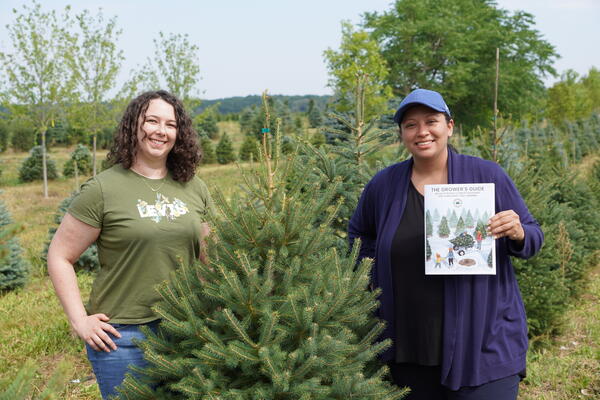
Nature holds the answer to limiting the impact of extreme weather
New guidance presents ways to protect your property by working with nature

New guidance presents ways to protect your property by working with nature
By Media RelationsWildfires, flooding, and extreme heat – these perils are threatening Canada’s residential housing market, and homeowners, in ways not imagined just a few years ago.
The Intact Centre on Climate Adaptation, University of Waterloo, has released new guidance that presents residents with ways to protect their property by working with nature to limit the impacts of extreme weather – think planting a rain garden to absorb water and avoid basement flooding, or using shade trees to limit direct sunlight from heating a home and allowing for cost savings on air conditioning.
When it comes to extreme weather, the definition of what is green has gone beyond an initial focus on decarbonization, to simultaneously considering climate resilience and nature.
“We need to use the whole toolbox of nature-based and built solutions to prepare for climate change, including around our own homes,” said Joanna Eyquem, who led the development of the new infographic. “Solutions that work with nature not only lower risk; they can also bring many health and quality of life benefits. But we need the right solutions in the right places. For example, within wildfire risk zones, a different approach is required to limit fuel sources near the home, such as pruning lower branches to create clearance from the ground, and removing conifers close to the house”.
Actions in the infographic will help Canada achieve recently announced targets in the newly minted National Adaptation Strategy (NAS), which calls for household protection, including:
Effective communication with residents on climate risks and home-level solutions is key to meeting NAS targets over the next few years.
“Finalization of the National Adaptation Strategy is a step in the right direction – we now need follow through,” said Dr. Blair Feltmate, head of the Intact Centre. “This includes getting everyone on board using clear guidance so that resilience is embedded in everyday decisions.”
The new, Working with Nature at Home, guidelines are freely available and can be tailored for specific audiences. They are part of a suite of “three-step” guidelines developed to help Canadians tackle flooding, wildfire and extreme heat.
Governments and businesses can help residents to help themselves by distributing this free guidance before the next disaster hits.

Read more
Waterloo researchers are helping to make a much-loved holiday tradition more sustainable all year round

Read more
Researchers awarded funding to investigate ecology, climate change, repatriation, health and well-being through cultural and historical lens

Canada's coasts face increasing flooding and erosion with climate change.
Read more
Canada must act to protect the longest marine and freshwater coastlines in the world from the surge of climate change
The University of Waterloo acknowledges that much of our work takes place on the traditional territory of the Neutral, Anishinaabeg, and Haudenosaunee peoples. Our main campus is situated on the Haldimand Tract, the land granted to the Six Nations that includes six miles on each side of the Grand River. Our active work toward reconciliation takes place across our campuses through research, learning, teaching, and community building, and is co-ordinated within the Office of Indigenous Relations.